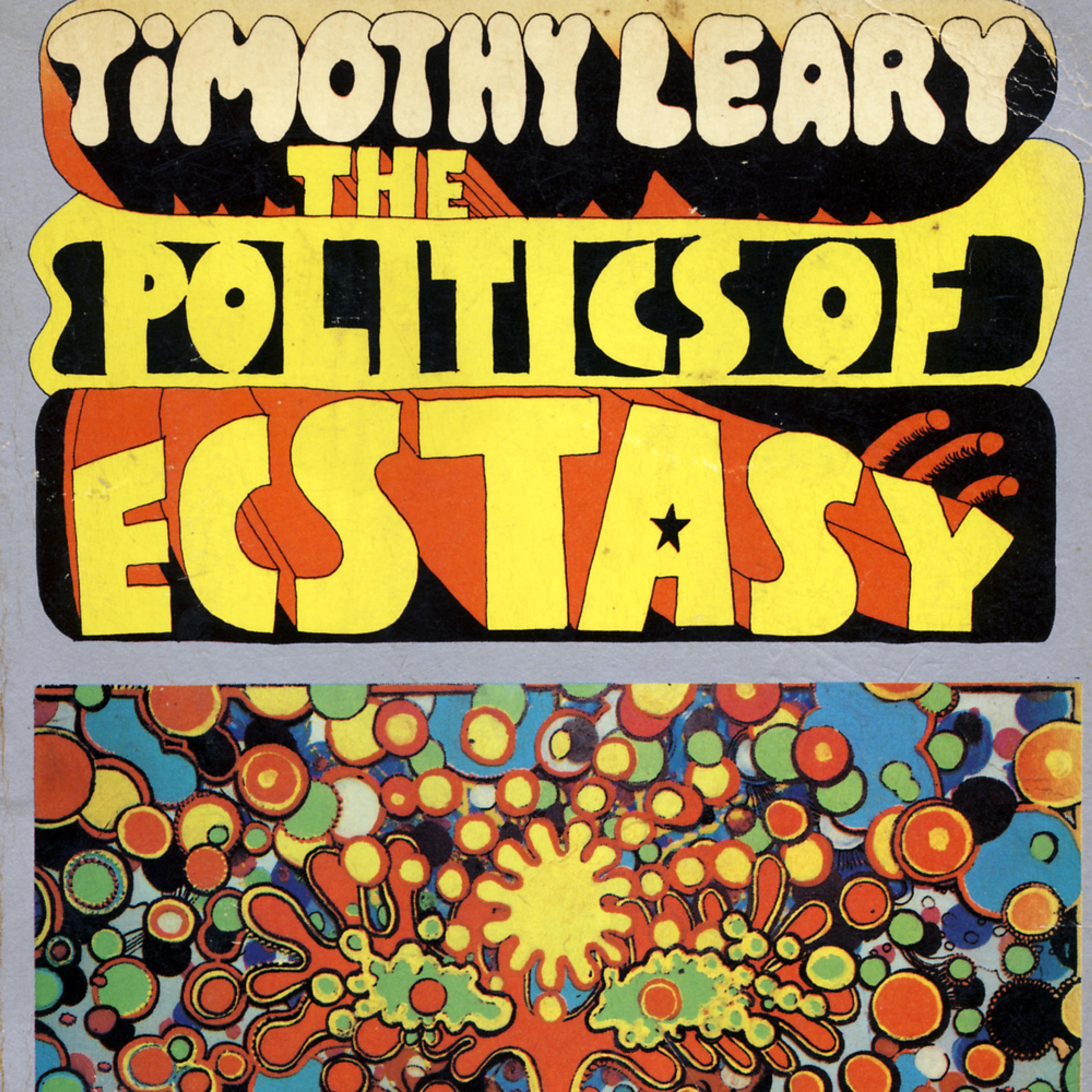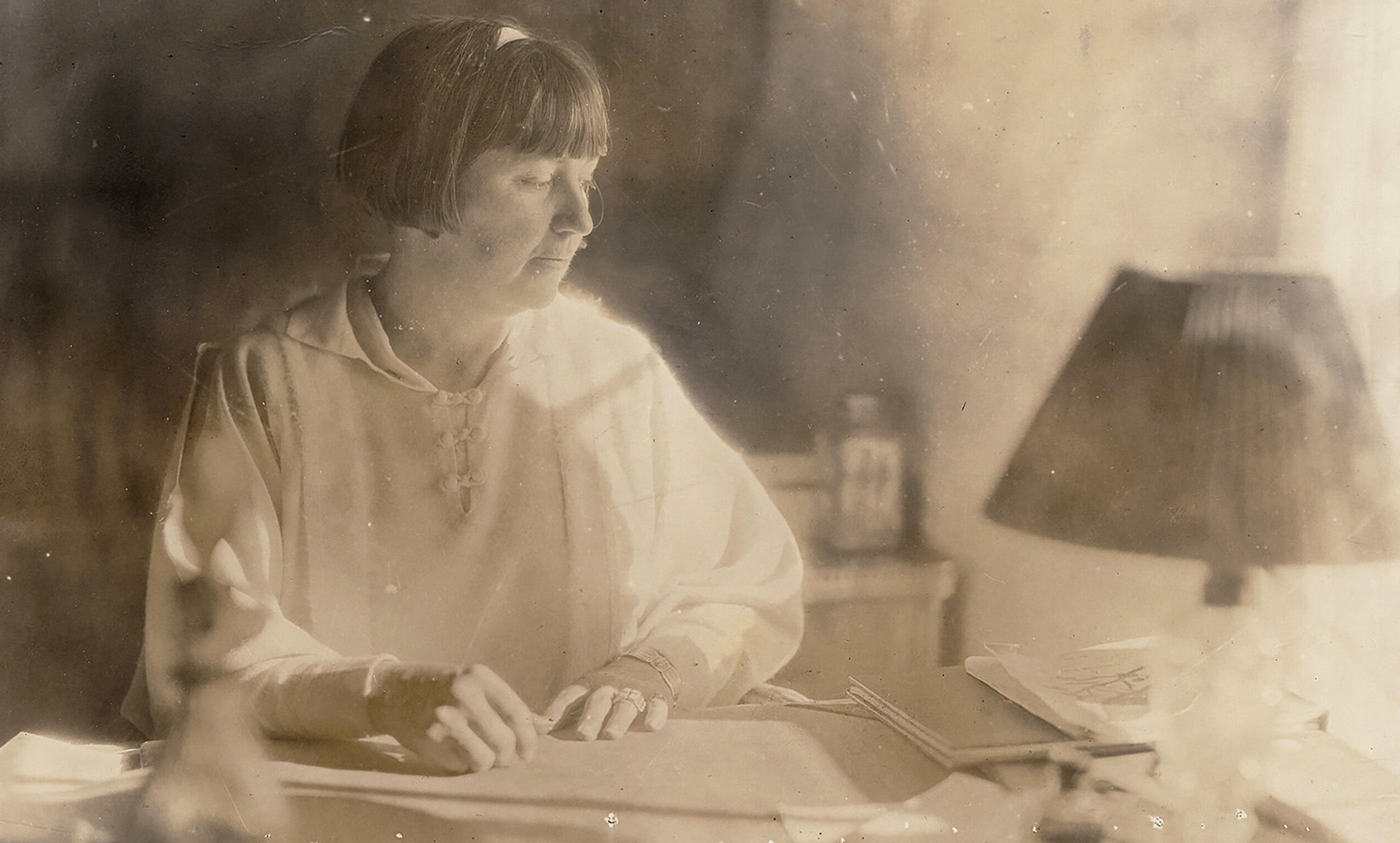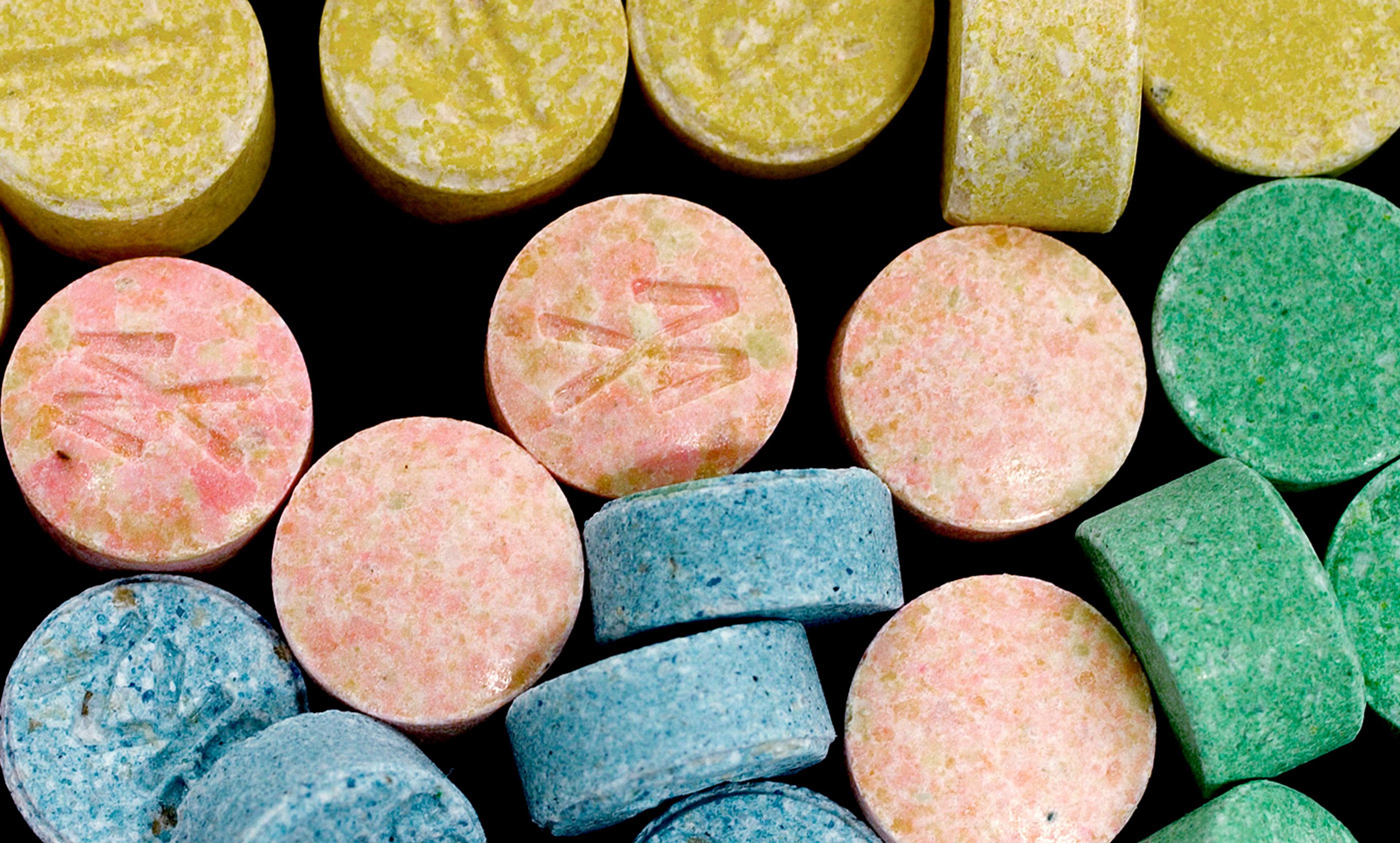John Shephard/Flickr
Psychedelic research is back from underground laboratories to university hospitals. When LSD, mescaline and psilocybin were prohibited in 1970, all academic research on humans was abandoned for two decades. Now the return of psychedelic drugs to highly regarded research facilities, which began in the 1990s, is on the verge of reaching its goal. Two large clinical trials of psilocybin and MDMA (Ecstasy) are in the making. Should they show medical applications of these drugs to be effective, psychedelics would become part of our medicine cabinet. But there is a problem ahead. These odd substances might escape the current paradigm of pharmacology.
The resurgence of psychedelic research became possible thanks to a strategic decision of the two main organisations responsible for making these drugs presentable again. Both the Multidisciplinary Association for Psychedelic Studies (MAPS) in California and the Heffter Research Institute in New Mexico broke with the philosophy of the counterculture best summed up by Timothy Leary’s advice to ‘Turn on, tune in, and drop out.’ Instead, the proponents of the revival have made every effort to integrate psychedelic drugs into mainstream society. When the US President George H W Bush declared the 1990s to be the Decade of the Brain and neuroimaging popularised the belief that the human mind was little more than grey matter, what better mainstreaming vehicle could there have been than neuropsychopharmacology?
Neuropsychopharmacology learns about drugs through a simple experimental paradigm: the placebo-controlled trial. While all other conditions stay the same, test subjects either receive a pharmacologically active drug or an inactive placebo. The underlying assumption is that all psychosocial and cultural factors are also at work when the placebo is given. Hence, when comparing the effects of the actual drug to those of the placebo, the drug’s own activity will come to the fore.
But here is the rub. In the late 19th century, experimental psychologists gave the mescaline-containing peyote cactus to Euro-American test subjects in the laboratory while anthropologists observed its ingestion by Native Americans in religious rituals. These two groups reported very different experiences. Western test subjects were often haunted by horrible visions and gloomy depression whereas the participants of Native American peyote ceremonies expressed religious enthusiasm about contact with a higher order of reality.
Half a century later, Leary coined the still‑current terms set and setting to describe the impact that personality, mood and expectations, as well as social, cultural and physical environment, had on the psychedelic experience. These non‑pharmacological factors determine whether you end up in heaven or in hell, as the writer Aldous Huxley put it.
To this day, there is a broad consensus among psychopharmacologists studying psychedelic drugs that the psychoactive effects of these compounds are strongly affected by set and setting. If neuroscientists are right that different mental experiences go along with different neural processes, this is not just a matter of various subjective interpretations of one and the same brain state. Set and setting shape the very drug action, which psychopharmacologists investigate. Placebo-controlled trials do not account for set and setting. They make it appear as if the drug alone determined what test subjects and patients experienced.
In the late 1950s, when placebo-controlled trials were only just about to become the gold standard of pharmacological research, the anthropologist Anthony Wallace – at the time director of clinical research at the Eastern Pennsylvania Psychiatric Institute, where hallucinogen experiments were conducted – suggested to supplement placebo-controlled trials with culture-controlled trials. He called for systematic experiments on how the context of drug administration determined the effects of psychedelics and other psychoactive substances. But Wallace’s proposal never caught on. Too many powerful institutions had and continue to have an interest in attributing the effects of drugs to drugs alone. The War on Drugs has been based on a demonisation of certain substances as inherently bad. Meanwhile, pharmaceutical companies advertise their products as working under all circumstances. Neither governments nor industry were willing to spend money on showing how the effects of psychotropic drugs also depended on users’ and patients’ mindsets, doctors’ suggestions, and the social and economic environment.
The researchers associated with MAPS and the Heffter Research Institute are well aware of the importance of set and setting. Treating patients suffering from post-traumatic stress disorder and the intense anxiety experienced by many end-stage cancer patients, they have revived therapeutic approaches from the 1960s integrating drug treatment and psychotherapy. Studies involving a small number of patients suggest that such applications of MDMA and psilocybin are safe and effective. Now MAPS and Heffter have announced that they will seek approval from the Food and Drug Administration (FDA) for so-called Phase III trials to determine their drugs’ therapeutic efficacy in hundreds of patients at several clinical sites.
But what will happen as the drugs are administered by a broader set of therapists in a variety of different settings, including new social milieus? The tight-knit community of researchers who conducted the phase I and II studies in the past two decades largely share a particular culture influenced by the unchurched forms of spirituality, which have become popular since the 1960s. This culture also affects patients’ treatment experiences. Being guided through your trip by a psychedelic veteran might not be the same as receiving the drug from your born-again oncologist in the Bible Belt.
The problem is that the trials required by the FDA fail to control for the impact of different subcultures and their psychotherapeutic practices on treatment outcomes. Being so close to making psychedelics part of mainstream medicine, this might not be the right moment for MAPS and Heffter to initiate a paradigm shift beyond placebo-controlled trials. If training programmes and treatment handbooks can acculturate psychedelically naive doctors and therapists enough to repeat recent therapeutic achievements, it is possible that placebo-controlled trials will get MDMA and psilocybin through the FDA approval process. But should these drugs really become part of medicine cabinets from San Francisco to America’s heartland, it will be high time to develop drug tests that control for the cultural diversity of this country’s doctors and patients. Such an expansion of psychopharmacologists’ and drug regulators’ minds would crown the psychedelic revival with a genuine scientific revolution.






